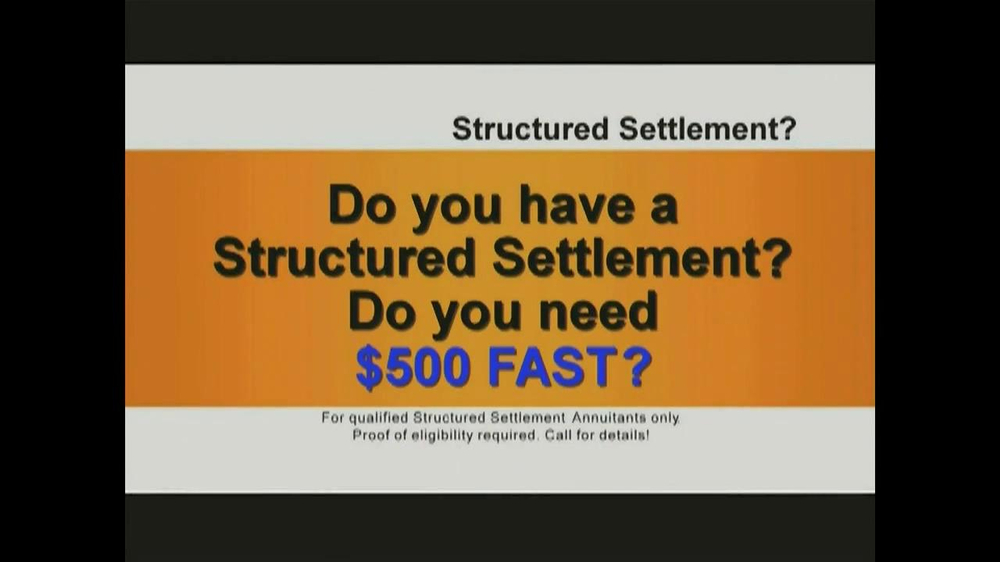
Before the issuance of the final tangible property regulations on Sept. 17, 2013, Treasury Decision 9636 (“final tangibles regulations”), your decisions were guided by decades of often conflicting case law, as well as administrative rulings on specific factual situations. For costs to acquire tangible property, taxpayers should revisit the de minimis safe-harbor election under Regs. Sec. 1.263(a)-1(f) and determine whether any refinements can be made to maximize tax deductions.
You can’t skirt the de minimis rule by giving your employee a $20 Visa gift card instead of cash. Gift certificates that can buy “general merchandise” or have accounting vs. billing software equivalent cash values trigger a payroll tax liability for your business and the employee. Additionally, business cards can provide valuable perks such as rewards points, cashback, and expense tracking tools, enhancing financial management and the potential to help save money in the long run.
The example states that 25% of the building structure is not a substantial structural part of the building structure. Further, while the windows perform a discrete and critical function in the operation of the building structure and are a major component of the building structure, 33% of the windows does not comprise a significant portion of this major component. In these situations, you may want to elect the de minimis safe harbor for items costing $2,500 ($500 prior to Jan. 1, 2016) or less to assure that the deduction of the items costing $2,500 ($500 prior to Jan. 1, 2016) or less will not be questioned by the IRS.
Example of the De Minimis Rule
These three examples involving the replacement write-up service definition of windows give useful insight into what the IRS views as a major component and substantial structural part. It is clear that windows are considered a major component of a building and can be a substantial structural part of the building. But what is important to note about these examples is whether a “significant portion” of the major component or substantial structural part has been replaced. For non-buildings – The unit of property is, and the analysis applies to, all components that are functionally interdependent. Components of property are functionally interdependent if you cannot place in service one component of property without placing in service another component of property. These limitations are for purposes of determining whether particular expenses qualify under the safe harbor; they aren’t intended as a ceiling on the amount you can deduct as business expenses under the IRC.
De Minimis Tax Rule
- Although the De Minimis Tax Rule simplifies tax compliance for smaller real estate transactions, investors must still maintain proper documentation and records.
- Sec. 174 costs include costs incidental to the development or improvement of a product (or process) to the point that uncertainty is eliminated, as well as all software development costs.
- For non-buildings – The unit of property is, and the analysis applies to, all components that are functionally interdependent.
- However, these examples show that there is room for interpretation as to what constitutes a significant portion of a unit of property while also providing some guidelines.
This type of expense can qualify for the routine maintenance safe harbor as long as the unit of property has not deteriorated to an unusable condition and the replacement is part of routine maintenance and recurs more than once during its class life. However, if the unit of property is being restored and thus improved, the taxpayer must capitalize the replacement’s cost. The final tangibles regulations apply to anyone who pays or incurs amounts to acquire, produce, or improve tangible real or personal property.

Does the De Minimis Tax Rule apply to both individual and corporate real estate investors?
The final Sec. 263A uniform capitalization (UNICAP) regulations were effective for tax years beginning on or after Nov. 20, 2018. Total assets are determined by the accounting method you regularly use in keeping the books and records of your trade or business at the end of the tax year. In general, when you elect the de minimis safe harbor, materials and supplies that also qualify under your de minimis safe harbor are treated as de minimis costs and are not treated as materials and supplies.
Taxpayers that used the simplified production method, the modified simplified production method, or the simplified resale method for three consecutive tax years can elect the HAR in the fourth year. Making the HAR election is not considered a change in accounting method and, therefore, can be implemented by attaching an election statement to the tax return. Under the election, taxpayers compute an average absorption ratio based on the prior three years and apply that ratio to ending inventory to compute their UNICAP adjustments for a qualifying period of five years. After that qualifying period, the taxpayer recomputes the UNICAP ratio, using the underlying method.
Sec. 1.263(a)- 3(i)(1)(ii) provides an explanation as to what is routine in nature as well as some examples, which are not allinclusive. Routine maintenance may be performed at any time during the class life of the unit of property or building structure or system (discussed below). However, the activities are routine only if, at 5 1 cost behavior vs cost estimation the time the taxpayer places the unit of property or building structure or system into service, the taxpayer reasonably expects to perform the routine activity more than once during its class life. The second must-know accounting method topic highlighted here involves controlled foreign corporations (CFCs). Under the final regulations addressing the global intangible low-taxed income (GILTI) regime, a CFC must use the same accounting methods to compute tested income that it uses to compute earnings and profits (E&P). For E&P purposes, the Sec. 964 regulations require foreign corporations to generally apply the same rules related to tax accounting methods as U.S. taxpayers.






